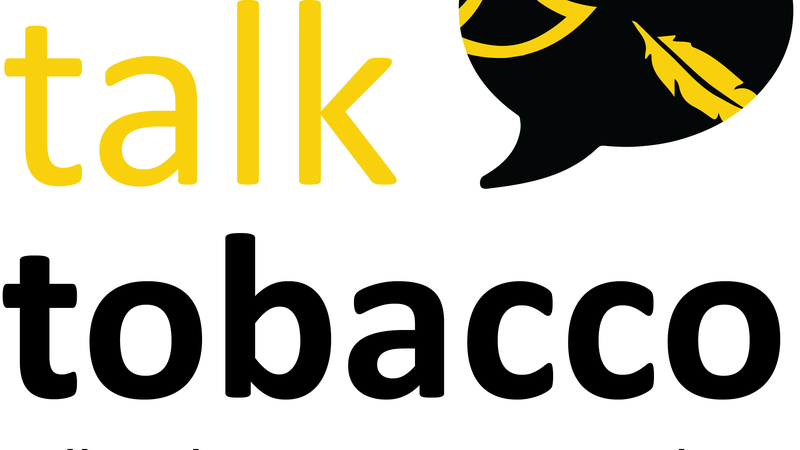
Uber’s hyped-up IPO hits a few potholes on its first day
NEW YORK — After much hype leading up to the largest initial public offering in five years, Uber hit a few potholes on its first day of trading, closing down 8% and reflecting lingering doubts about its future prospects for profitability.
The ride-hailing company injected investors with a dose of reality right out of the gate, trading at $42 a share Friday — or nearly 7% below its IPO price of $45 on an already volatile day for the markets. Its shares closed at $41.57.
Despite the rocky debut, Uber CEO Dara Khosrowshahi said he was thrilled to complete the IPO, adding that the $8.1 billion that Uber raised in the process would be crucial to its future growth plans.



